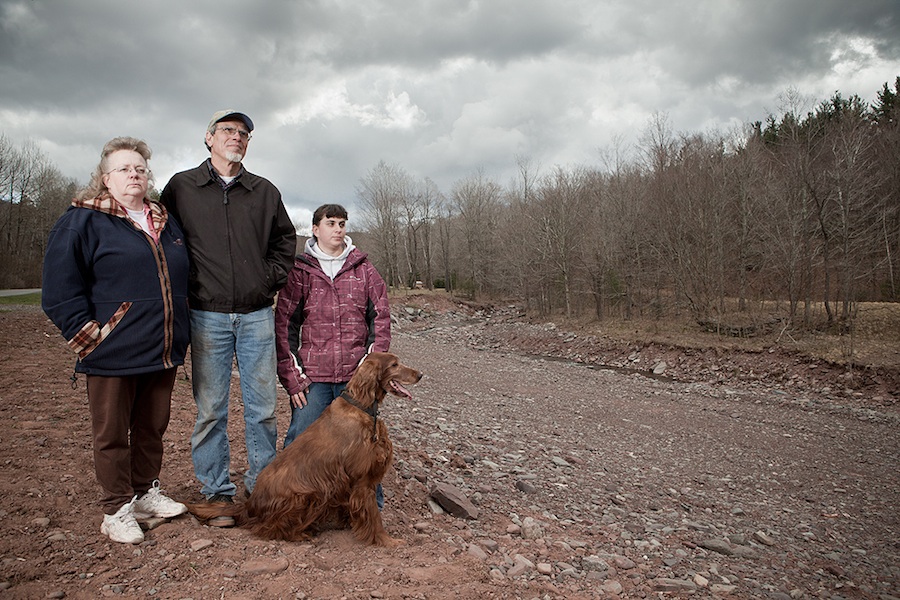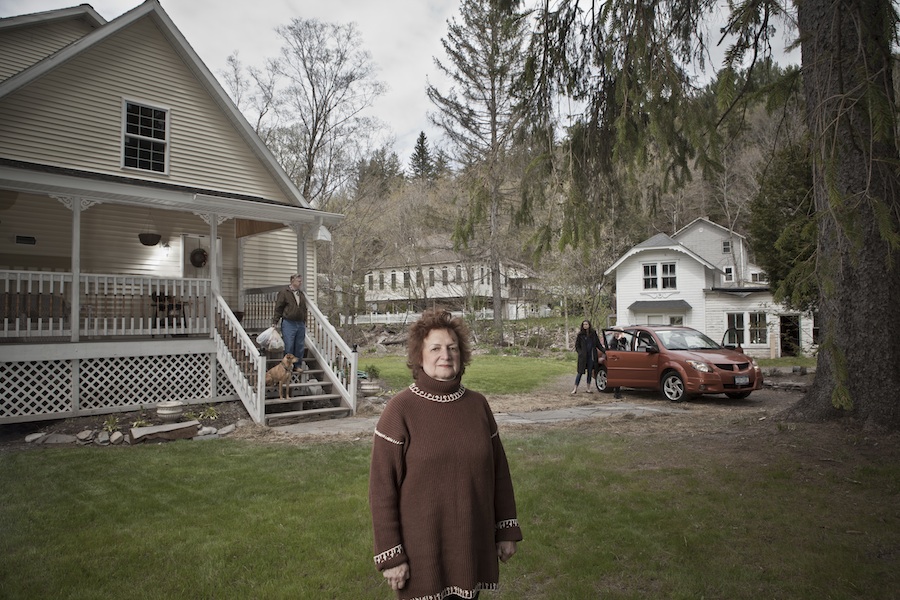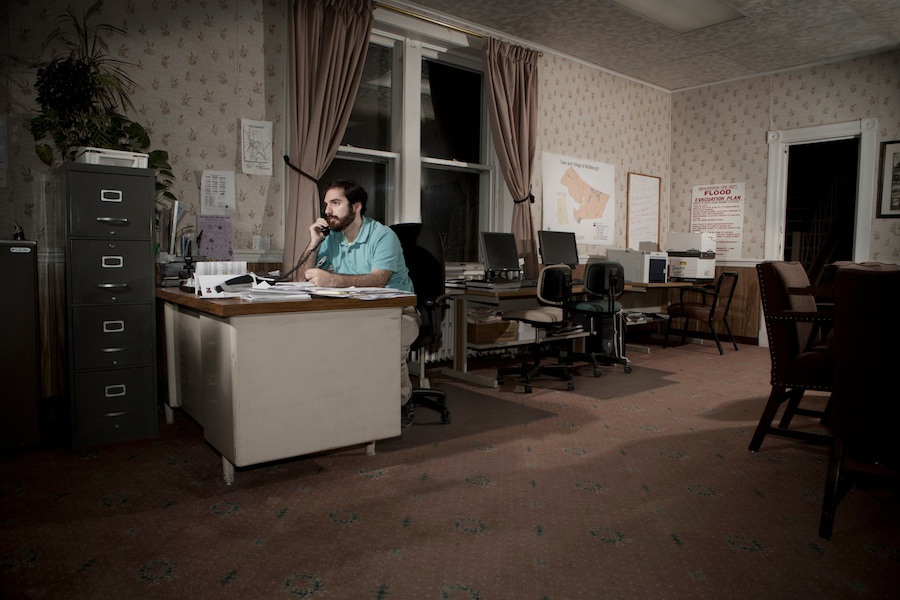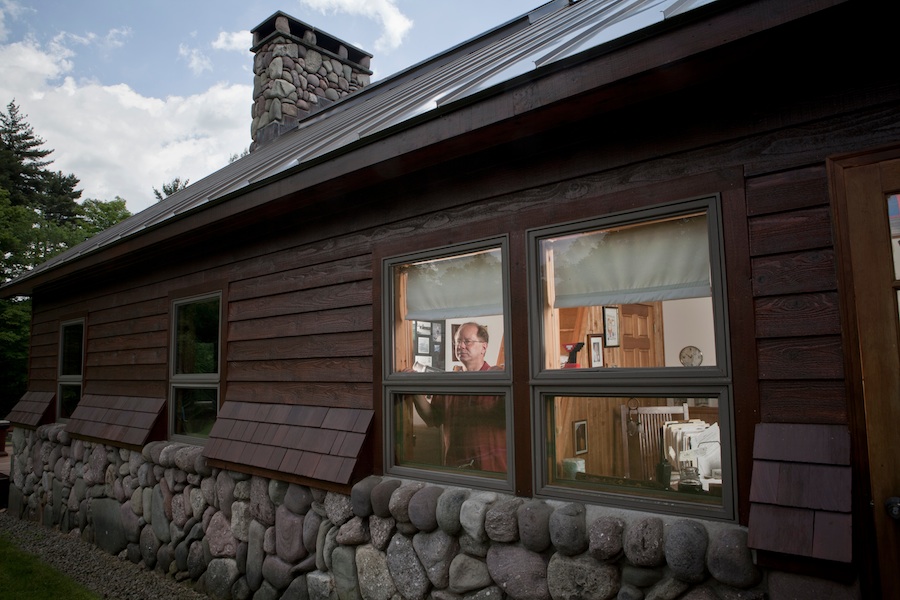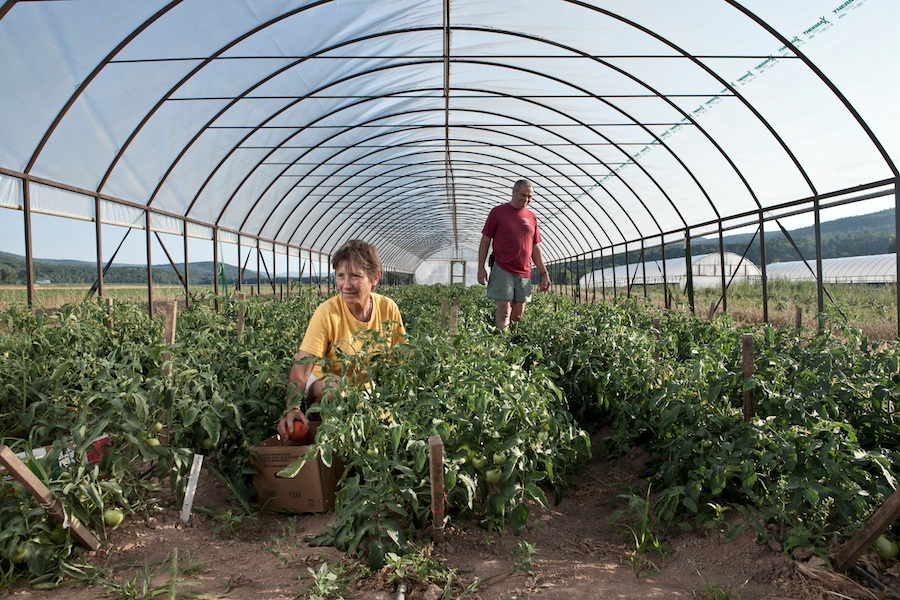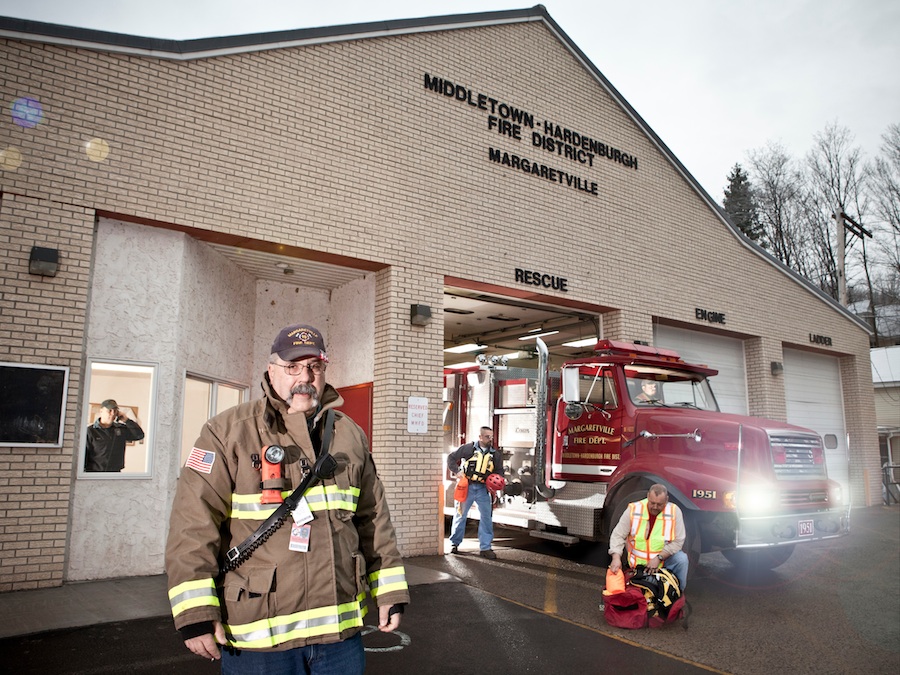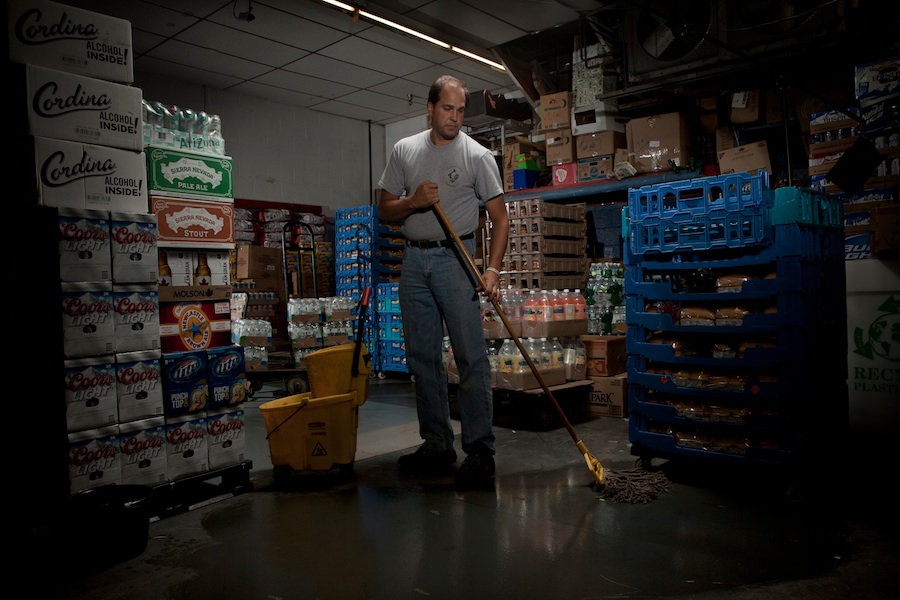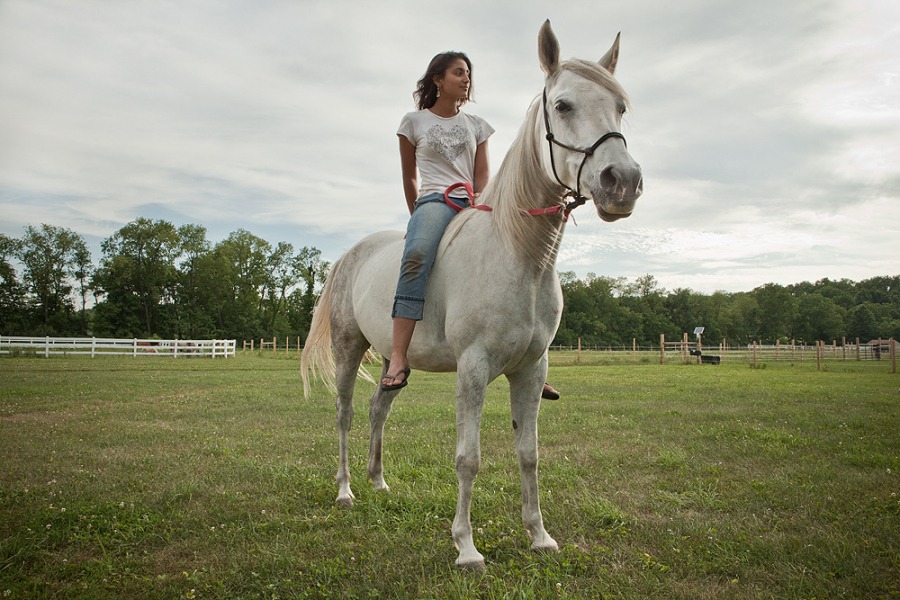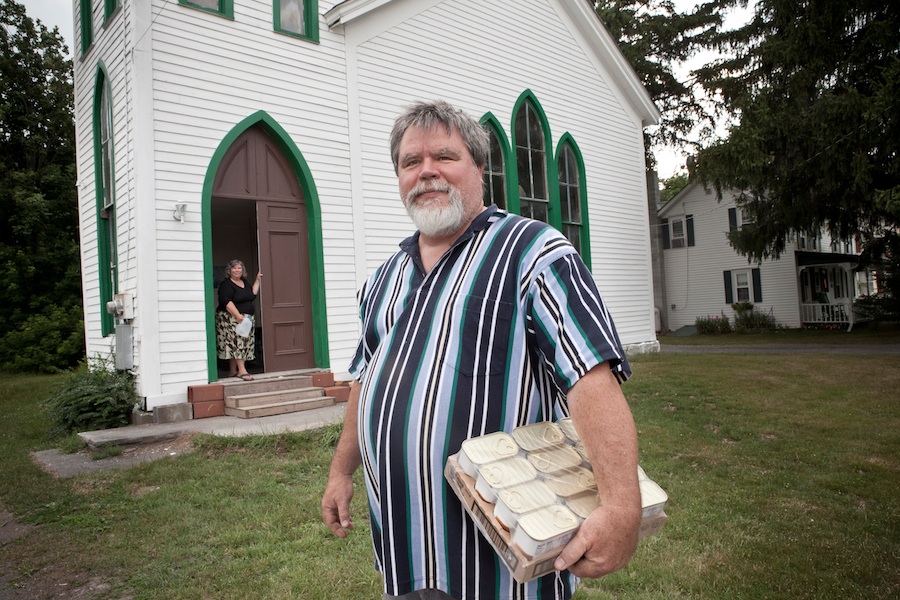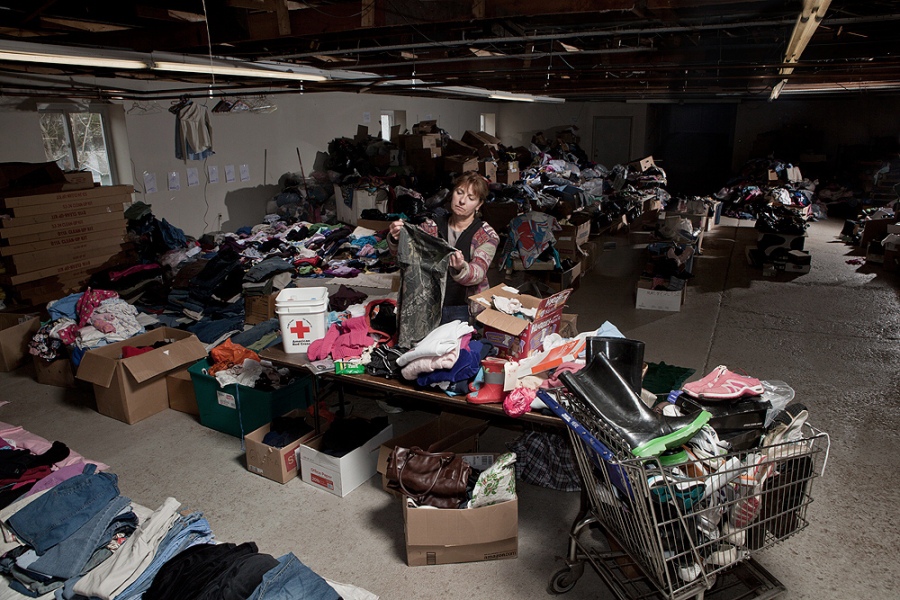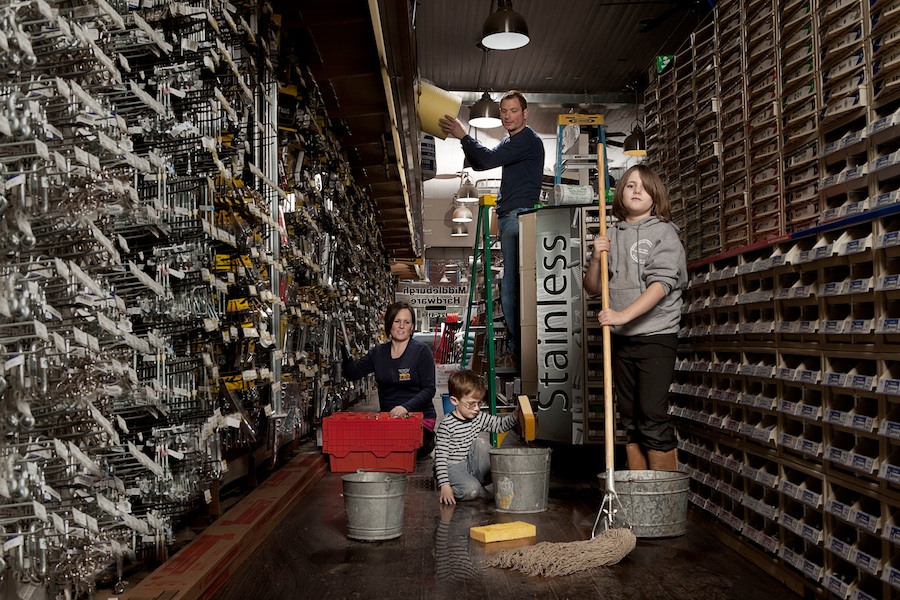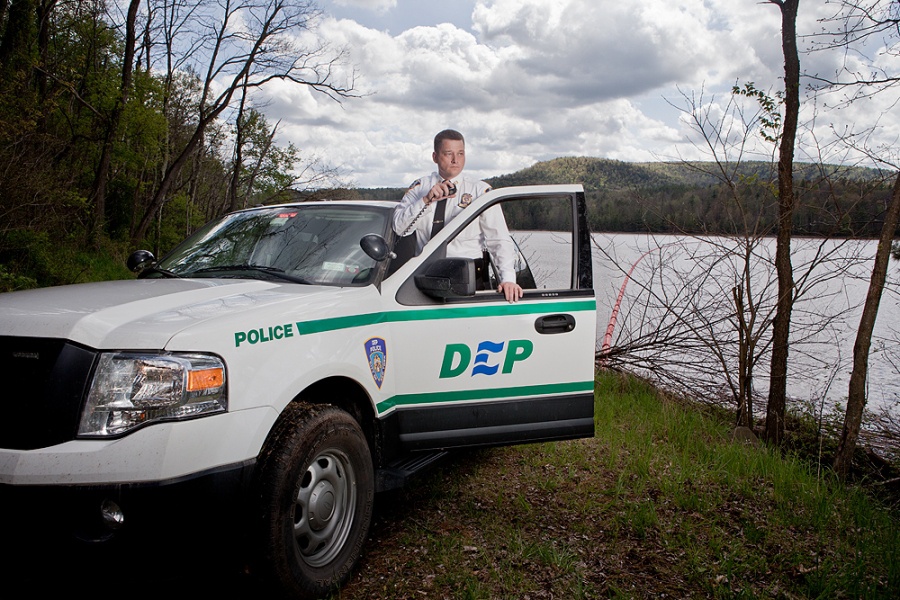Student and horse owner, New Paltz and Wallkill, Ulster County
“When I opened the door to the barn, everything was floating and the power was out. Then I heard all the horses screaming.” - Michele Arana
Michele Arana escaped Irene on horseback twice.
The morning of the storm, the property where 21-year-old Arana lived with her Arabian horse, Mandi, was under an evacuation order. Arana, who lived in a rented house on the grounds of a boarding stable with an absentee landlord, checked on the horses hourly.
At first, nothing looked too bad. But Arana began to worry after she received a call from another boarder, who said that the Wallkill River was supposed to rise and put the property, which is on the notoriously flood-prone Springtown Road in New Paltz, under water.
“My heart sank,” said Arana.
Arana grabbed her essential belongings and then jumped on Mandi, who had on nothing but a rope. Step by step, woman and horse picked their way along the six-mile ride on the rail trail from New Paltz to Rosendale, where she had friends with a house.
“It looked like complete chaos,” said Arana. “There were floating animals, motorcycles, and cars and all I was thinking was that I needed to get to Rosendale before sundown.”
Before long, they hit trouble. Standing in knee-deep water, at one point Arana'a path was cut off by five fallen trees.
On one side was a water-filled ditch; on the other, a barbed wire fence. Arana decided to take the path through the water. Within a few steps, Mandi whinnied.
“I thought she broke a leg,” Arana said.
But the horse had just hit a patch of unstable ground. She kept walking. Eventually, they found a hole through the barbed wired fence. It was a huge relief when Arana made it there with Mandi that night.
“It was so nice everything was completely dry,” Arana said. “They gave me food, water and a bed.”
But Arana couldn't stop thinking about all the other horses she had left behind.
“The big issue was that there was a miniature horse at the barn that could drown if the water rose too high,” she said.
The next day, another person who boarded horses at the Springtown Road stable agreed to go with her to rescue the others. On their way back, Arana prayed that there would be no water. But the closer they got, the higher the water rose.
“When I opened the door to the barn, everything was floating and the power was out. Then I heard all the horses screaming,” said Arana. “When I heard them panic I felt horrible knowing I didn’t bring them with me the first time.”
The barn was full of horses standing in high water. After feeding them with floating bales of wet hay, Arana and the other boarder each rode a horse and had the miniature horse follow them.
“My shoes were so soaked that I had to take them off and put them in a tree,” said Arana. “People thought we were smart to be riding horses, but we didn’t really mean to.”
At some points along their escape the horses panicked, but eventually they got the three to the Rosendale barn safely.
Still without clothes or shoes, Arana returned to her house on the Springtown Road barn property to find that her car and home were flooded.
“I couldn’t do the things I needed to do and I felt helpless,” said Arana. “I felt like I didn’t have anything I needed to have to feel secure.”
Her friends helped her through that hard time, Arana said. “I am so thankful for everyone.”
Now, at their new barn in Wallkill, Arana stands hugging Mandi’s neck and smiles.
“Everything’s good again, that’s the best part of the story, everything turned out to be okay,” said Arana. “Nobody died. It was scary but we were able to get through it.”
How long did you have Mandi before the storm?
At the time of the storm I only had had Mandi for a month and was unsure how she would act not being fully trained. She was really good though. In the end, I think I panicked more than she did. I also hadn’t been living in my apartment that long either.
What did you do to prepare for the storm?
I bought a bunch of burritos from Mexicali Blue. Then, when I realized it was getting really bad, I grabbed all my essentials, like my Social Security card and stuff. Then I put everything else important on my air mattress hoping if the house flooded it would just float.
What happened with your dog? [Arana has a 14-year-old Beagle named Snickers who also was rescued from the flood].
One of my friends actually canoed my dog to safety because I knew he was old and wouldn’t be able to make the trip. It was funny; he didn’t really seem to care about everything that was happening.
How did you go from losing your place, your barn and all your clothes to where you are now?
One of my friends from Poughkeepsie came to New Paltz and brought me clothes and shoes. I still have them today. Then another one of my friends let me keep Mandi at her house until I found a temporary boarder. Also, Jesse, the woman who rode the horses with me during Hurricane Irene, was about to rent out a room in her house, so she offered that to me. Everything worked out really well.
What happened to the other horses?
We didn’t know what to do with the others because we couldn’t get ahold of their owners. We did everything we could, like feeding them and leading them to higher ground, and they ended up being okay in the end.
Text by Katharyn Sophia, of the SUNY New Paltz journalism program. Photo: Michele Arana and her horse, Mandi, near their new barn in Wallkill, NY. Photo by Christopher Auger-Dominguez.

















